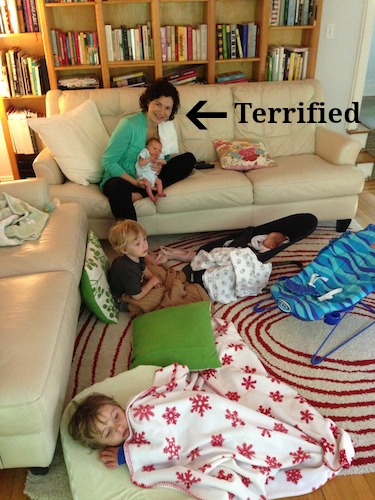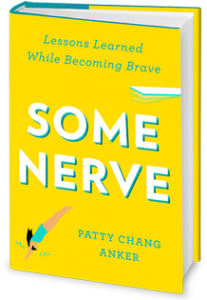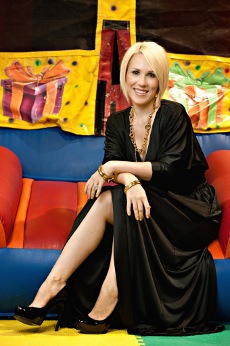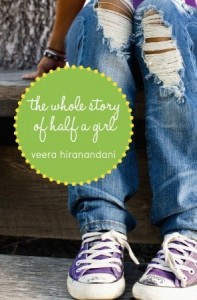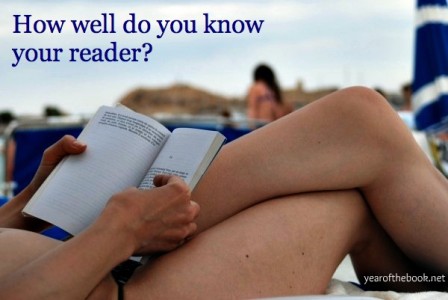Why hello there! I’m back from a (mostly) glorious six month maternity leave. In that time, I’ve doubled my number of children, done roughly 8 million loads of laundry, lost almost 40 pounds, and only taken Xanax once.
Yay me!
I’ve also (mostly) conquered my fear of being alone with all four of my children.
I learned quite a bit about fear when working with Patty Chang Anker, author of the newly-published SOME NERVE: Lessons Learned While Becoming Brave (Riverhead).
When Patty and I started working together last year, I didn’t know I was pregnant. Then I knew I was pregnant but had no idea I was expecting twins. Then I knew I was expecting twins but had no idea how terrified I would be the first time I was left to care for all of them, at the same time, with no other adults anywhere in sight.
Exactly a year after Patty’s manuscript deadline, I held up a glass of Prosecco in her honor at the SOME NERVE launch party. That evening, in line with her book’s message, Patty asked guests to take the #SOMENERVE challenge and write down their biggest fear on the back of a postcard.
I was so terrified of my fear, I couldn’t even write it down.
Having read every word of Patty’s manuscript, I knew too well that often the thing we are most afraid of is the very thing that will bring us the most joy.
But to get there, we have to face that fear. Over, and over, and over again.
And I’m so very thankful to say that every time I’m alone with two six-month-olds, a (newly) four-year-old and a five-year-old, it gets easier and easier slightly less terrifying.
Thank you, Patty, for facing the fear of writing — and the fear of being read — for you have left us all with a beautiful, inspiring gift that has the power to change people’s lives.
—
To learn more about SOME NERVE and facing your fears, visit pattychanganker.com
And buy the book!

